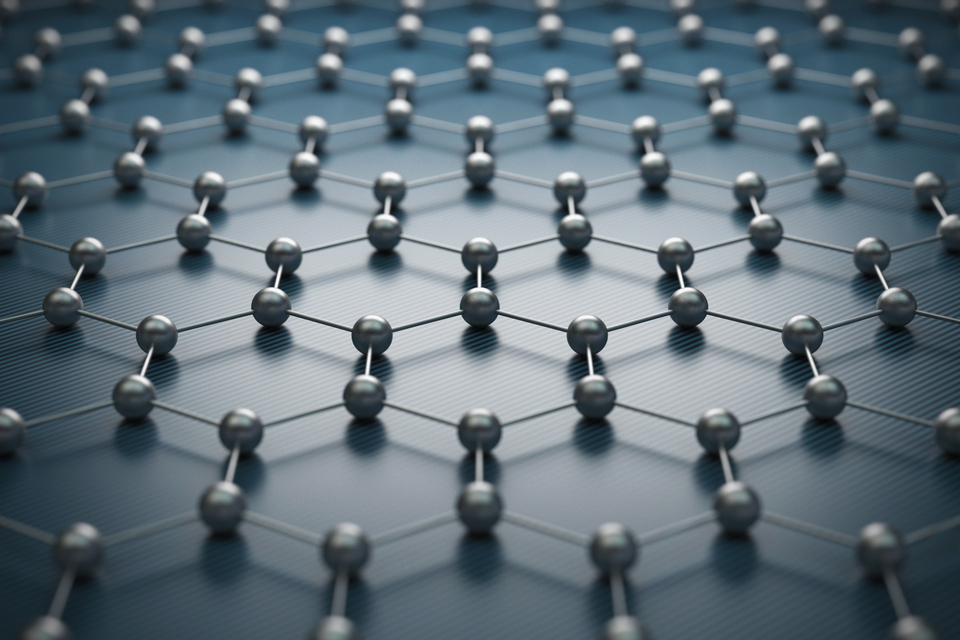Scientists may have unlocked the potential to turn Graphene into a superconductive material, and the discovery may give us a new understanding of the nature of superconductivity.
Graphene is a super-material for modern scientific research. A fullerene of carbon atoms in sheet form one atom thick, graphenes are strong, light, flexible, and have latent superconductive properties.
Recently, scientists at the University of Cambridge have found a way to unlock the superconductive properties of graphene, opening the miracle material up to a whole new world of possibilities. The team used a material called a praseodymium cerium copper oxide (PCCO) to trigger graphene’s superconductive properties, allowing it to carry an electrical current with no resistance.
#Cambridge researchers used a #PCCO to render #graphene #superconductive.Click To TweetNow, graphenes have the potential to be used in high-speed computing applications, but the study might also prove the existence of a type of superconductivity that academics have struggled with for decades called “p-wave” superconductivity.
Finding the Right Wave
According to one of the researchers, Dr. Jason Robinson, it has long been theorized that graphenes should undergo a superconducting transition under the right conditions, but those conditions have heretofore been unattainable.
Robinson said that the underlying idea behind the experiment was to find out how to switch on the superconductivity of the graphenes and to make sure that the superconductivity was coming from the graphenes and not the underlying superconductor.
Metallic-based superconductors can alter the properties of the graphenes, making it difficult to determine if it has become superconductive or not. That’s where the PCCOs come in.
PCCOs are oxides from a wider class of superconductive materials called cuprates. Researchers were able to distinguish the superconductive properties of PCCOs separate from that of graphenes.
The distinction comes down to the type of superconductivity that both materials contain. In PCCOs, electrons spin in a misaligned state called the “d-wave state.” In contrast, the graphenes had superconductive properties that were unclear, but the team believes that it may show the p-wave form, where the electrons spin in a balanced state.
If the researchers are correct, then their study could answer the question of graphene’s potential superconductive properties.
Where Will This Discovery Take us?
If graphene can be made into a superconductor, then it will allow the creation of new devices and applications that will allow scientists to further understand p-wave symmetry. Furthermore, superconductive graphene could be incorporated into molecular electronics, which opens up many possibilities given graphene’s ability to bind many chemical molecules to its surface.
Superconductivity is already useful for applications such as MRI machines and magnetic trains, but with the ability to use graphene as a constructive and conductive material, we may see a change in the viability and cost of such machines.
The science is still hardly understood, but this discovery is a stepping stone to unlocking the potential of graphene.



















Comments (0)
Most Recent